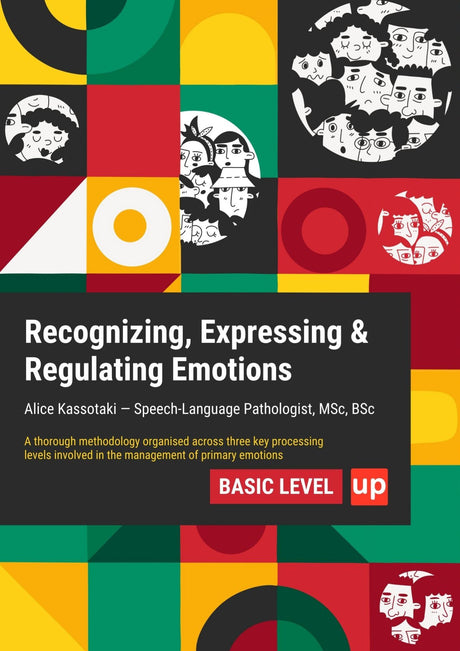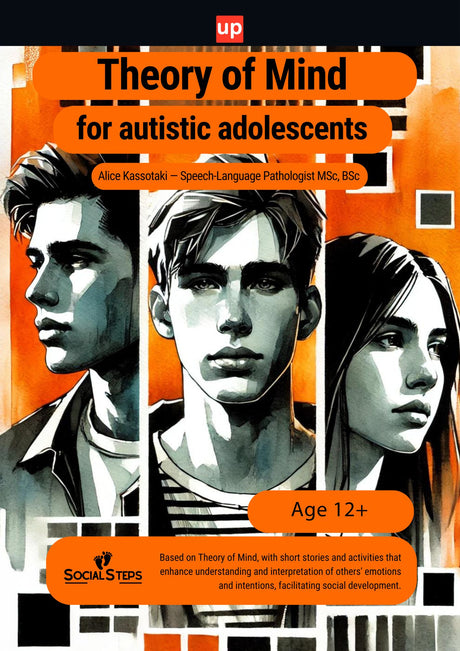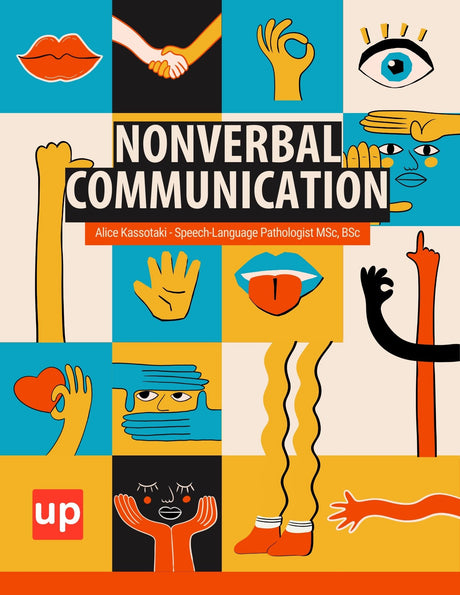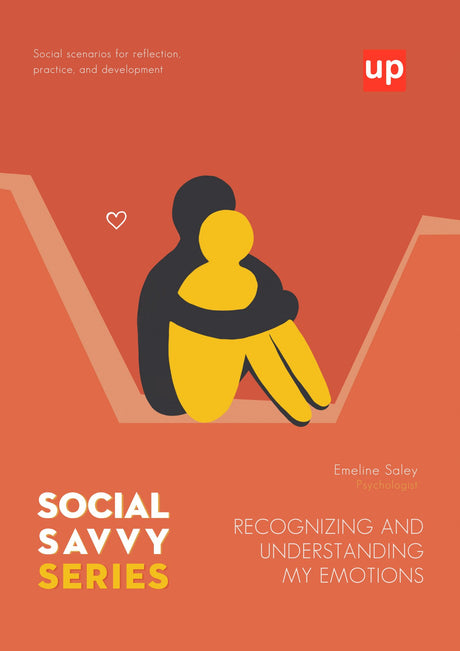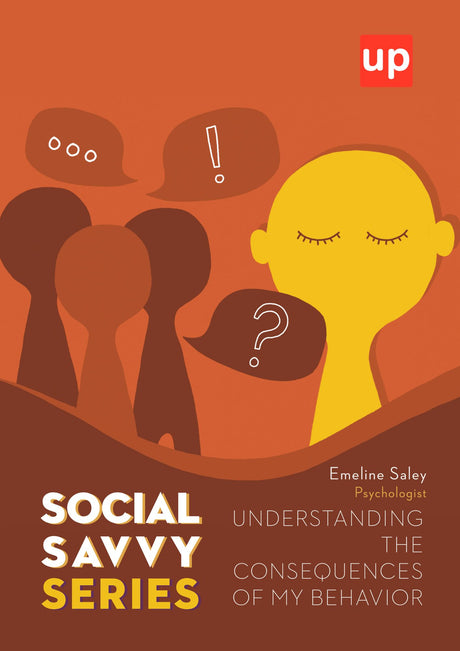Managing Stuttering in Autism: Effective Strategies & Therapies
Stuttering in autism can significantly impact the communication skills of individuals with autism. This article delves into how stuttering in autism presents, its prevalence, and practical strategies for caregivers and professionals to manage it effectively.
Key Takeaways
- Stuttering is prevalent among autistic children, occurring in approximately 4-5% of this population, necessitating specialized interventions.
- Early identification of stuttering in autistic children is crucial for effective intervention, with common early warning signs including struggles in expression and emotional distress during speaking.
- A multidisciplinary approach involving speech-language pathologists, pediatricians, and parents is essential for diagnosing and treating stuttering in autistic children, leading to better communication outcomes.
Understanding Stuttering in Autism

Stuttering in autistic individuals is a multifaceted issue, often intertwined with the broader communication challenges inherent in autism spectrum disorders. Neurological differences in both autism and stuttering include abnormalities in brain areas responsible for managing speech production, making the interplay between these conditions particularly complex. Many individuals with autism experience fluency disorders like stuttering, which further complicates their speech and communication challenges.
Children with autism frequently exhibit unique speech patterns, including idiosyncratic phrases and words not typically used by others, making it difficult to distinguish normal disfluency from speech disfluency and stuttering. Stuttering in these children typically manifests through repetitions, blocks, or prolongations, adding another layer to their communication difficulties. Notably, those with higher intelligence levels tend to have a greater likelihood of developing stuttering, highlighting the nuanced relationship between cognitive abilities and speech disorders in autistic individuals.
The impact of stuttering extends beyond mere speech disfluencies; it can lead to increased social withdrawal and significantly affect the quality of life for children with autism. Understanding these dynamics is crucial for parents, educators, and therapists who work with autistic children, as it underscores the importance of tailored approaches to manage both autism and stuttering effectively.
Prevalence of Stuttering in Autistic Children

Research indicates that stuttering occurs more frequently in children with autism than in the general child population. Approximately 4-5% of autistic children experience stuttering, a stark contrast to the roughly 1% prevalence in typically developing children. This significant difference underscores the need for heightened awareness and specialized interventions for fluency disorders within the ASD population.
Boys with Asperger’s syndrome, in particular, exhibit a higher incidence of stuttering, with about 67% of them showing disfluent speech patterns. Additionally, children with high-functioning autism spectrum disorder are more susceptible to stuttering, with around 40% displaying disfluent speech patterns. These statistics highlight the importance of early identification and targeted speech therapy to address the unique challenges faced by autistic children who stutter.
Identifying Stuttering in Children with Autism
Identifying stuttering in children with autism can be particularly challenging due to their complex communication and social challenges. These children may exhibit various forms of stuttering, such as repetitions and interjections, which are considered speech disfluencies.
Recognizing these patterns early can lead to more effective intervention strategies and better outcomes for the child’s communication development.
Common Speech Patterns
Children with autism frequently display unique speech patterns. These include clustering, idiosyncratic speech, echolalia, and abnormal prosody. Echolalia is a common feature among individuals with autism. It involves the repetition of phrases or utterances they have heard recently or even weeks prior, including repeating words. Among children with high-functioning autism, 40% exhibit disfluent speech, while this figure rises to 67% for males with Asperger’s syndrome.
Identifying these speech patterns is critical for recognizing stuttering in autistic children. Speech language pathologists play a vital role in differentiating these patterns from other communication issues, ensuring that the child receives appropriate and effective speech therapy interventions.
Early Warning Signs
Early intervention is vital for improving communication abilities in both autism and stuttering. Detecting stuttering early in autistic children can lead to more effective intervention strategies and a better chance for recovery. Some early warning signs include difficulties in expressing themselves, struggling to get words out, and experiencing emotional distress when speaking.
Recognizing these early signs and seeking professional help can significantly enhance the child’s speech outcomes. Pediatricians, speech-language pathologists, and other professionals play a key role in identifying these signs and implementing timely intervention strategies.
Diagnosing Stuttering in Autistic Children

Diagnosing stuttering in autistic children requires a comprehensive approach, often involving a team of professionals. Speech-language pathologists are essential for evaluating and diagnosing speech issues in children with autism. They assess, diagnose, and implement speech therapy interventions tailored to the child’s unique needs.
Evaluation by speech-language pathologists helps differentiate stuttering from other fluency disorders common in autistic children. Pediatricians and other professionals also play a crucial role in identifying children with autism and stuttering, ensuring that they receive the appropriate support and interventions.
Impact of Stuttering on Communication Skills

Stuttering in children with autism can significantly complicate their communication skills, making it difficult for them to express their thoughts clearly. This fluency disorder often leads to increased tension and anxiety during speaking, especially in children with expressive language difficulties. Secondary behaviors such as tension and facial grimaces can also accompany stuttering, further affecting interaction.
The emotional distress associated with stuttering can lead to negative feelings like shame or embarrassment, causing children to avoid communication altogether. This withdrawal can negatively impact their social interactions and overall communication skills, highlighting the need for effective intervention strategies to mitigate these challenges.
Effective Speech Therapy Techniques
Effective speech therapy techniques for managing stuttering in autistic children include a variety of methods tailored to their unique needs. Core techniques involve fluency shaping, stuttering modification, and social communication training, all aimed at improving overall communication skills.
Traditional Stuttering Tools
Traditional stuttering tools in speech therapy focus on altering patterns of speech to enhance overall speech flow in children. Techniques such as fluency shaping are designed not only to reduce stuttering but also to build a smoother and more natural speech pattern, which is essential for effective communication. Additionally, incorporating various speech tools can further support these techniques.
These methods significantly benefit autistic children in their speech development, helping them improve their fluency skills and overall communication abilities. Speech therapists play a crucial role in implementing these techniques and tailoring them to each child’s specific needs.
Visual Cues and AAC Methods
Visual cues are effective strategies used in therapy to enhance understanding and promote fluency in children who stutter. These cues can include gestures, images, and written words that help guide communication and reduce the pressure to speak, making it easier for children to express themselves.
Augmentative and alternative communication (AAC) methods provide alternative ways for children with autism to express themselves when verbal speech is challenging. Incorporating both visual cues and AAC methods into therapy can lead to improved communication skills and increased confidence in children experiencing stuttering.
Muscle Coordination Exercises
Exercises designed to improve muscle coordination can aid in better articulation for children with autism who stutter. These exercises focus on muscle control, which can significantly enhance speech clarity and reduce speech disfluencies.
Activities that focus on breath control can help reduce the tension associated with stuttering, leading to improved speech production and increased confidence in expressive communication.
Role of Parents in Supporting Children with Autism and Stuttering

Parents and caregivers play a crucial role in supporting children with autism and stuttering. Reporting observed speech patterns and behaviors to professionals is essential for accurate diagnosis and effective intervention. Creating a supportive atmosphere where children can practice communication effectively is also vital.
Engaging children through play and incorporating preferred activities into communication practice can make learning more enjoyable and effective. Patiently listening during conversations and fostering kindness and respect can greatly assist children in developing better fluency.
Case Studies and Personal Experiences
Personal accounts of individuals with autism and stuttering are quite enlightening. Case studies also offer valuable insights into their experiences. For instance, a young boy with autism developed stuttering at the age of five. Through individualized speech therapy, he was able to improve his fluency and communication skills significantly.
These real-life examples highlight the importance of personalized interventions in managing autism and stuttering. They also emphasize the need for a tailored approach, considering each child’s unique needs and strengths.
Books for Autism Spectrum Disorder from Upbility
Upbility offers a diverse collection of resources specifically designed to support individuals with autism spectrum disorder (ASD), including those experiencing stuttering. Their selection includes books and materials that provide practical strategies for enhancing communication skills and managing fluency disorders. These resources are crafted by experts in speech-language pathology and are tailored to address the unique challenges faced by autistic individuals. By incorporating evidence-based techniques and engaging activities, Upbility's materials aim to improve overall communication abilities, making them an invaluable tool for parents, educators, and therapists working with children on the autism spectrum.
Multidisciplinary Approach to Treatment
A multidisciplinary approach to treatment enhances the overall support provided to children with autism by integrating various specialties. This team-based strategy facilitates improved treatment outcomes by addressing multiple aspects of a child’s development simultaneously.
Caregiver and client satisfaction tends to increase when services are coordinated within a single facility, minimizing logistical challenges and ensuring comprehensive care. This approach is particularly beneficial for children with concurrent medical or mental health issues, which can be effectively managed through multidisciplinary care.
Summary
In summary, managing stuttering in children with autism requires a multifaceted approach that includes early identification, accurate diagnosis, and effective speech therapy techniques. Understanding the unique challenges faced by autistic children who stutter is crucial for developing tailored interventions that address their specific needs.
By fostering a supportive environment and utilizing a multidisciplinary approach, parents, caregivers, and professionals can significantly improve the communication skills and overall quality of life for these children. Let us continue to explore and implement effective strategies to support our children on their journey to better communication.
Frequently Asked Questions
How common is stuttering among autistic children?
Stuttering is notably more prevalent among autistic children, affecting about 4-5% of them, in contrast to roughly 1% of typically developing children. This highlights a significant difference in communication challenges faced by autistic individuals.
What are some early warning signs of stuttering in autistic children?
Early warning signs of stuttering in autistic children include challenges in self-expression, difficulty articulating words, and noticeable emotional distress during speech. Recognizing these signs can facilitate timely support.
How do speech-language pathologists diagnose stuttering in autistic children?
Speech-language pathologists diagnose stuttering in autistic children by conducting thorough speech and language assessments to differentiate it from other fluency disorders. This comprehensive evaluation allows for a precise understanding of the child's communication challenges.
What are some effective speech therapy techniques for autistic children who stutter?
Fluency shaping, stuttering modification, visual cues, AAC methods, and muscle coordination exercises are effective speech therapy techniques for autistic children who stutter. Tailoring these methods to the individual child's needs can enhance their communication skills.
How can parents support their autistic children who stutter?
Creating a supportive atmosphere and actively engaging your child through play can significantly help. Additionally, incorporating their preferred activities into communication practice and listening patiently during conversations will foster their confidence.
References
- American Speech-Language-Hearing Association. (2022). Fluency Disorders. Retrieved from https://www.asha.org/public/speech/disorders/stuttering/
- Autism Speaks. (2023). Autism and Communication. Retrieved from https://www.autismspeaks.org/autism-and-communication
- Bloodstein, O., & Ratner, N. B. (2021). A Handbook on Stuttering. Cengage Learning.
- Guitar, B. (2020). Stuttering: An Integrated Approach to Its Nature and Treatment. Wolters Kluwer.
- Reilly, S., Onslow, M., Packman, A., Wake, M., Bavin, E. L., Prior, M., ... & Ukoumunne, O. C. (2013). Predicting stuttering onset by the age of 3 years: a prospective, community cohort study. Pediatrics, 132(3), 460-467.
- Yairi, E., & Ambrose, N. G. (2013). Epidemiology of stuttering: 21st century advances. Journal of Fluency Disorders, 38(2), 66-87.




